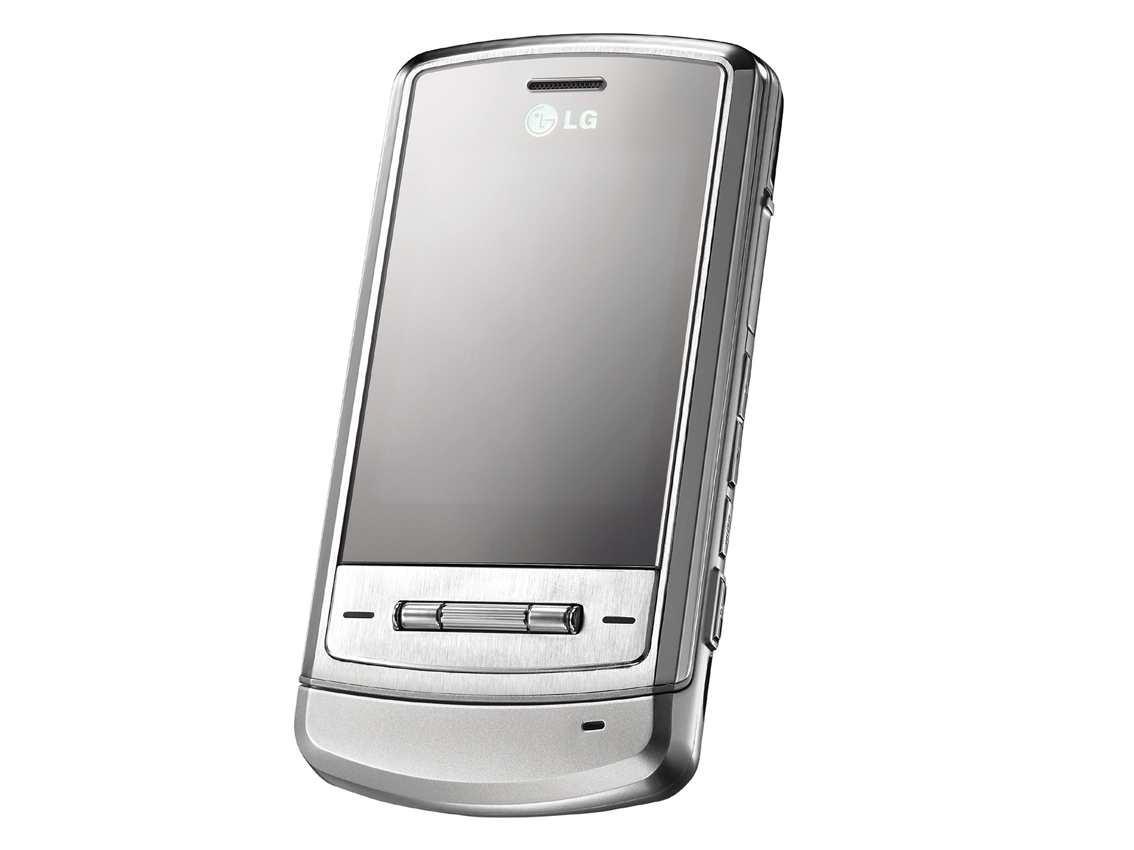LG Shine 3G version "in March"
UMTS version of stylish sliderphone announced

LG is planning to launch a 3G broadband-enabled version of its stylish Shine mobile in the UK in March, just a month after the official 7 February debut of its 2.5G mirrored metallic head-turner, a senior LG spokesperson told Tech.co.uk today.
The 3G Shine will incorporate all the features of the GSM/GPRS sliderphone - a 2-megapixel camera, built-in MP3 player, brushed metal bodywork and "magic mirror" display - but adds an extra camera for video calls plus High Speed Downlink Packet Access (HSDPA) technology for broadband speed data downloads.
Despite the addition of the extra 3G gadgetry - including support for regular 3G video and audio downloads and streaming - the 3G version will be exactly the same size as the 2.5G model.
LG Sales and Marketing Director - Mobile, John Barton, said the appeal didn't depend on whether it had 2.5 or 3G technology. "With the Shine people don't really get hung up on the bearer technology". However, he continued, "the 3G variant of the Shine will be unique - the first 3G variant of an existing 2.5G handset to have the same dimensions."
The first LG Shine handsets are expected to be available from free with network contracts at around £35 to £45 per month. LG has already agreed operator deals with O2, T-Mobile, Orange and Virgin Mobile, with discussions still in progress with Vodafone. 3 is expected to be the first operator to range the 3G variant of the Shine when it launches.
Sign up for breaking news, reviews, opinion, top tech deals, and more.
Tech.co.uk was the former name of TechRadar.com. Its staff were at the forefront of the digital publishing revolution, and spearheaded the move to bring consumer technology journalism to its natural home – online. Many of the current TechRadar staff started life a Tech.co.uk staff writer, covering everything from the emerging smartphone market to the evolving market of personal computers. Think of it as the building blocks of the TechRadar you love today.